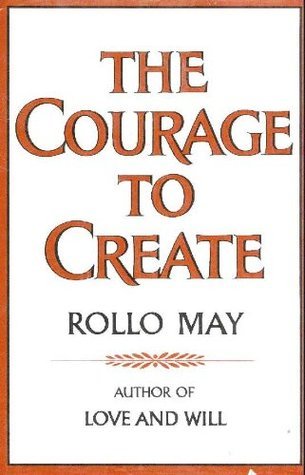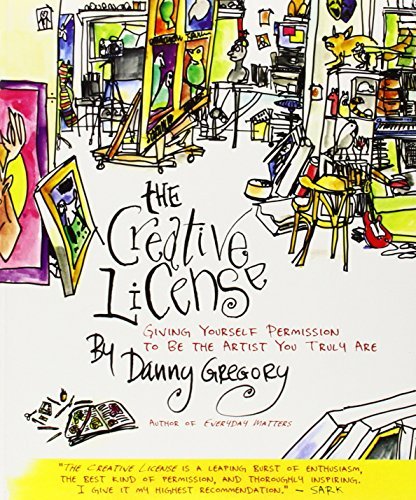
Art and Fear
Book Description
Creativity is a battle ground, and fear is the enemy lurking in the shadows. "Art and Fear" dives deep into the heart of artistic struggle, unearthing the doubts that threaten to silence the voice of the creator. With vivid insights and stirring truths, it reveals the relentless tension between passion and anxiety, illuminating the path artists tread amidst their insecurities. As the stakes rise with each stroke of the brush or strike of the pen, the question lingers: how can one forge beauty from the very fear that seeks to extinguish it?
Quick Book Summary
"Art and Fear" by David Bayles delves into the emotional and psychological barriers artists face as they pursue creative work. The book unpacks the deep-seated fears—of failure, judgment, and inadequacy—that can stifle artistic expression and impede progress. Bayles argues that these anxieties are nearly universal among creators, and rather than signals to give up, they signal the importance and difficulty of the work. Through anecdotes, reflections, and practical advice, the book reassures artists that struggles are a natural part of the creative journey, offering strategies to persevere and thrive. Ultimately, "Art and Fear" is a compassionate guide, urging artists to recognize their fears, embrace uncertainty, and continue making art regardless of external validation or success.
Summary of Key Ideas
Table of Contents
The Universality of Creative Fear
"Art and Fear" opens by confronting the universal truth that fear is an integral part of the creative process. Every artist, from amateur to professional, experiences anxieties that stem from the vulnerability of exposing their vision to the world. The book dismantles the myth that creativity flows easily to the talented, highlighting how even renowned creators face self-doubt and hesitation. By recognizing that fear is a shared companion, artists can reframe their struggles not as personal deficiencies but as a natural response to meaningful work.
The Role of Process over Outcome
The authors stress the importance of prioritizing the process over the final product. They argue that creative growth arises from consistent practice, not isolated moments of inspiration or external success. Artists should focus on making art for its own sake, trusting that mastery and satisfaction develop through ongoing engagement and experimentation. Rather than fixating on achieving perfection, artists are encouraged to embrace flaws and uncertainty as essential to the making process, thus liberating themselves from the paralyzing pursuit of flawless outcomes.
Dealing with Artistic Failure and Doubt
Artistic failure and doubt are inevitable parts of any creative journey. The book addresses the pervasive fear of failing and being judged and offers practical ways to confront and learn from setbacks. Failure is framed not as a reflection of an artist’s worth but as a necessary ingredient in the evolution of creative work. Bayles advocates for resilience—a willingness to persist in the face of obstacles—reminding artists that each misstep is a step toward greater artistic maturity and self-understanding.
Relationship Between Art, Audience, and Validation
A significant theme in "Art and Fear" is the complex relationship between the artist, their audience, and the need for validation. While feedback can be valuable, the book cautions against making audience approval the primary motivator for creative work. Instead, artists should make art that resonates with their own curiosity and truth. By prioritizing internal goals and authentic self-expression, artists can weather the inevitable swings of approval and criticism without losing sight of their artistic integrity.
Sustaining Creative Work Through Uncertainty
Ultimately, the book provides encouragement for sustaining creative work through uncertainty. Enduring the ambiguities and unpredictability of artistic life is presented as an act of courage and commitment. By accepting fear as a constant companion and refusing to let it dictate creative choices, artists can continue to create, grow, and find joy in their craft. The authors close by urging artists to keep working—reminding readers that the real victory lies in perseverance, not in the elimination of fear itself.
Download This Summary
Get a free PDF of this summary instantly — no email required.





